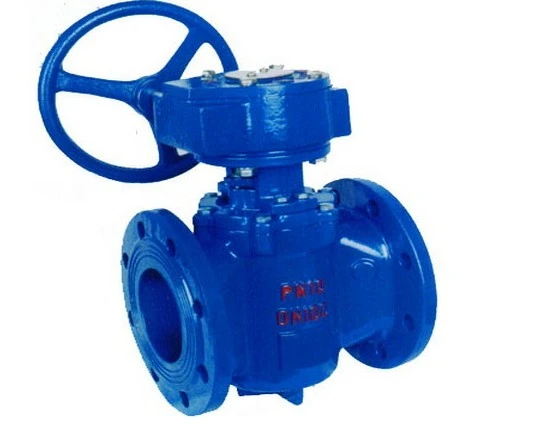Working principles of plug valves
Plug valves are a type of valves which use plug with a hole as disc. The plug rotates along with the stem to realize on-off. Small plug valves without packing are also called as corker valve. Most of plug used by plug valves are cone (some also cylinder). The plug cooperates with surface of concial hole on plug to form sealing pairs. Plug valves are one of valves which are used in the earliest, having simple structure, rapid on-off and low fluid resistance.
Common plug valves realize sealing depending on precision machined metal plug contacting directly with body. Nevertheless, the valves have poor sealing, large torque and be worn easily. In general, common plug valves are used in situation which has low pressure (lower than 1MPa) and small dimension (smaller than 100mm). To expand application scope of plug valves, new types of plug valves have come out. Oil lubricating plug valves are one of the most important types. Special grease is injected between concial hole of body and plug from top of plug, forming a lever of oil film to reduce torque and improve sealing and service life. The pressure can reach as high as 64MPa; the maximum temperature can reach to 325℃ and the largest dimension can reach to 600mm.
Plug valves have various forms of passageway. Common straight through plug valve is mainly used to cut off fluid. Three-way and four-way plug valves are suitable for fluid reversing. The disc of plug valves is a cylinder with hole, rotating along with axis which is vertical to passageway to on or off passage. Plug valves are mainly used for connecting or cutting off pipelines or media in equipments.
